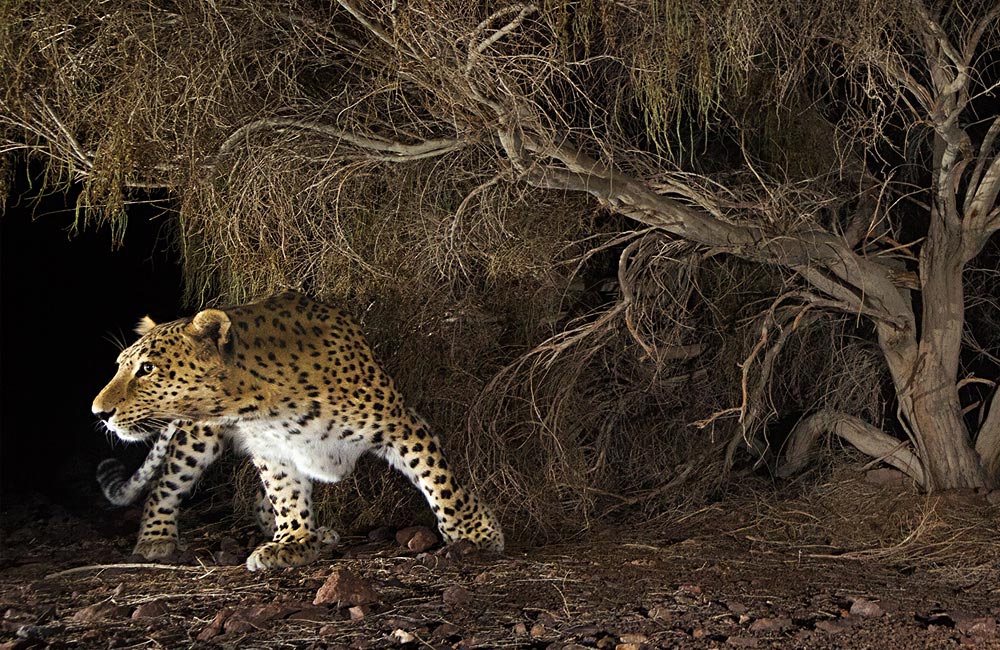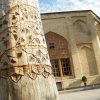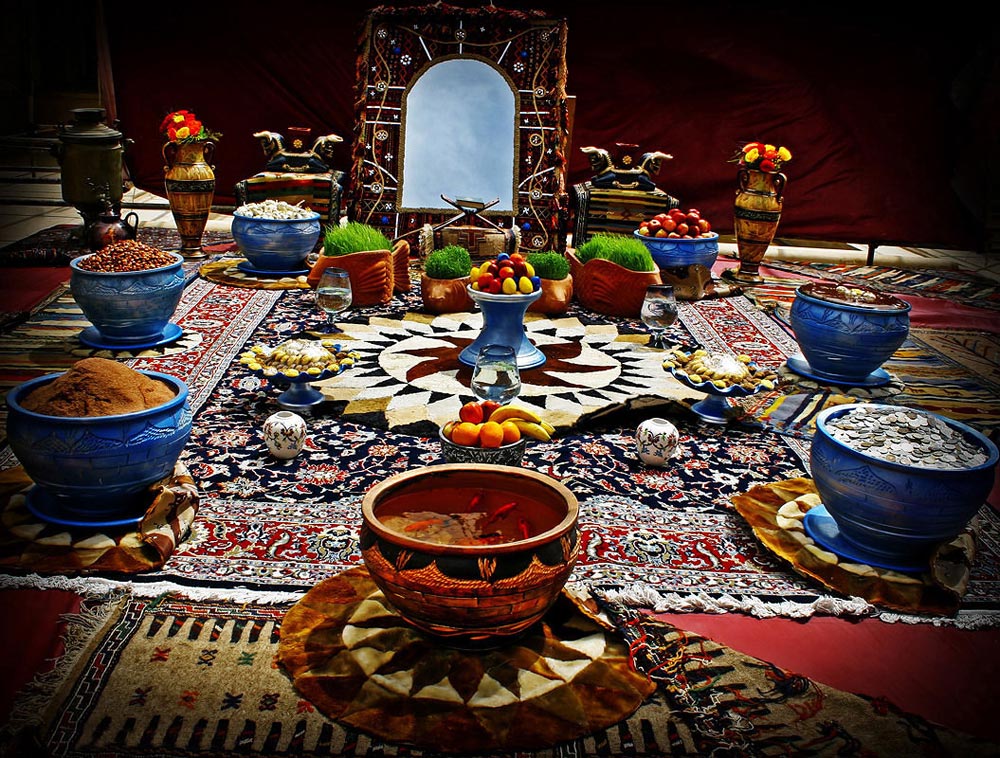In planning a visit to a foreign destination, eager travellers like to do a little bit of studying on the location’s geographic situation before they go. This sort of planning comes in very handy in understanding where you are once you arrive. Knowing the type of terrain and the place you are treading on puts your entire experience in perspective. GoingIRAN has put together the following in regards to Iran’s geography.
Being located in West Asia on a high plateau, the mountainous land of Iran borders the Persian Gulf, Gulf of Oman and the world’s largest lake; the Caspian Sea. It is ranked 18th largest in the world with an area of 1,648,000 square km (636,000 square miles). It is home to the highest volcanic mountain in the Middle East, Mount Damavand and renowned for its fantastic hiking, climbing and skiing, in the Alborz and Zagros mountain ranges.
Every corner has its own unique accent and style, even its geography. Iran is a host to lush subtropical forests in its mountains, bordering the beautiful Caspian Sea in the north. There, the air is usually humid and the land, teeming with a vast array of plants and wildlife. At the same time, it is host to one of the driest and hottest deserts in the world in its southeast, Dasht-e Loot. There, the air is very dry and exceptionally hot. It was recognized as the hottest place on earth, even hotter than the Sahara Desert, having reached over 70oC in past recent years. Go further south and the terrain, again, becomes very humid and home to palm and date trees as it borders the Persian Gulf. Due to its unique placement on the globe, Iran’s geographic location is very special. To be able to travel to and feel the extraordinary energy of this land is truly life-changing.
It is truly a country of enormous variety, from its culture to foods, languages, clothing, rituals, and geography to its weather. It is often said that when travelling across Iran, one is able to experience all of the four seasons, through region to region. In almost every province, among a vastly different terrain, one can find a plethora ancient historical sites, monuments and artifacts. Throughout the ages, the footprints of the oldest civilizations of this world have been left behind all over Iran.
Iran is comprised of 30 provinces; Alborz, Ardabil, Western Azerbaijan, Eastern Azerbaijan, Bushehr, Chahar Mahaal and Bakhtiari, Fars, Gilan, Golestan, Hamedan, Hormozgan, Ilam, Isfahan, Kerman, Kermanshah, North Khorasan, South Khorasan, Khorasan Razavi, Khuzestan, Kohgiluyeh and Boyer-Ahmad, Kurdistan, Lorestan, Markazi, Mazandaran, Qazvin, Qom, Semnan, Sistan and Baluchestan, Tehran, Yazd and Zanjan.
Among these provinces, a total of 15 languages are spoken; Persian, Azerbaijani, Kurdish, Lurish, Semnani, Gilaki, Mazandarani, Tati, Turkmen, Arabic, Baloch, Talysh, Georgian, Armenian, Neo-Aramaic.










